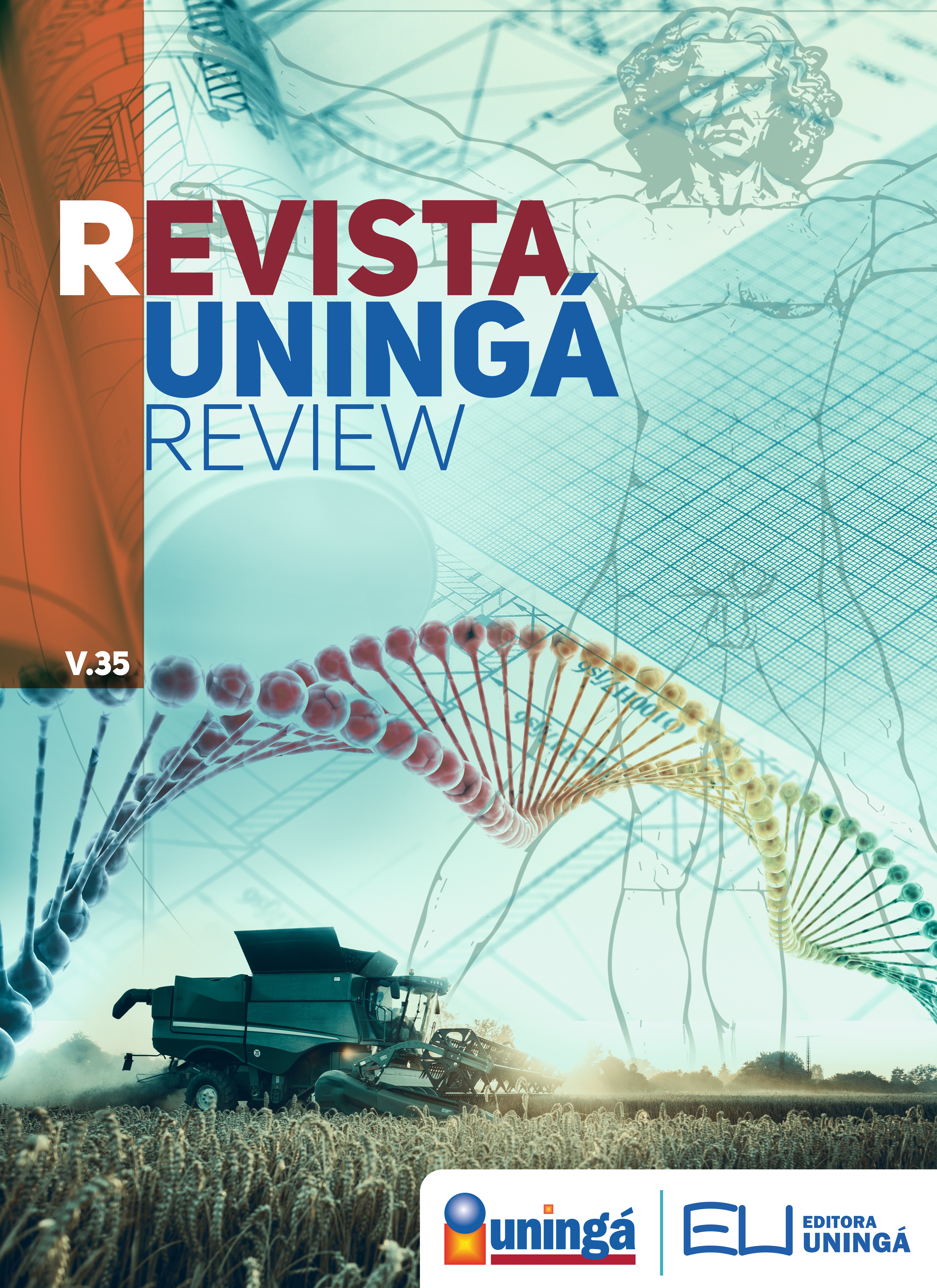LONG-CIRCULATING LIPOSOMES AS A PROMISING STRATEGY FOR THE TRANSPORT AND BIOAVAILABILITY OF DRUGS IN CANCER TREATMENT
DOI:
https://doi.org/10.46311/2178-2571.35.eURJ3400Keywords:
Cancer Treatment, Drug Formulation, Liposomes, Long Circulating Liposomes, Triblock CopolymersAbstract
In recent years, nanotechnology has been a strong ally to Medicinal Chemistry. Liposomes stand out, being cell membrane models and excellent biocompatible drug delivery systems. However, liposomes have limitations due to their low stability in solutions and rapid elimination from the blood stream. These factors prevent the accumulation of these structures in tumor tissues, as well as the effects of permeability and retention (EPR effect). Given this scenario, several strategies have been developed aiming to increase the stability and the circulation of liposome in the blood stream. Recent research has shown that surface-modified liposomes with polyethylene glycol (PEG), triblock ABA-like copolymers or site-specific ligands are able to overcome these issues. With that in mind, this article brings a review of the main scientific contributions in the development, optimization and improvement of liposomes as long circulation systems aiming at new strategies for drug formulation in cancer treatment.
Downloads
Downloads
Published
How to Cite
Issue
Section
License
Copyright (c) 2020 REVISTA UNINGÁ REVIEW

This work is licensed under a Creative Commons Attribution 4.0 International License.
I declare/we declare that the text submitted here is original, of my own authorship and does not infringe any type of third party rights. The content is my/our sole responsibility. Possible research involving animals and/or human beings is in accordance with Resolution 196/96 of the National Health Council and its complements. I declare that I am/we are in possession of the written consent of patients and that the research and its procedures were timely and adequately approved by the Ethics Committee of the institution of origin. We further declare that all institutional affiliations and all sources of financial support for the work are duly informed. I certify that there is no commercial or associative interest that represents a conflict of interest related to the submitted work. If there is commercial interest, in addition to the technical and academic ones, in the publication of the article, the information will be reported during the text.







































